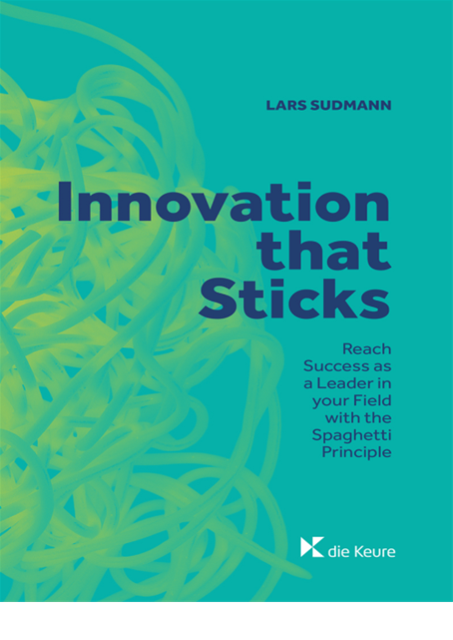You have worked hard on your project, or your transformation initiative. Now there is only one thing left:
Buy-in.
Buy-in from your customer, boss, steering committee or whoever has something to say about your project.
Getting buy-in is a multi-faceted problem and of course depends on one‘s status in the organization as well as the quality of the idea/project.
However, here are a couple of actionable strategies that have helped me in the past and that I recommend to my coaching clients:
COMMUNICATION STRATEGIES
1. Create & share a WOW impact
This can be done by a “Wow” stat („did you know that more the 2/3 of our profit come from XYZ activity?“) or an amazing chart or graphic that reveals a connection that an audience has like that never seen before. By this the audience/listeners/stakeholders are shaken and maybe see your idea differently. This is a great opportunity for buy-in.
2. Share your thought process and what has let you to come to this idea
Rather than only sharing an idea you can also share your thought process how you came to this idea. This helps to get buy-in as people can follow the reasoning and therefore go through a process of saying “yes” internally a couple of times: a great way to get buy-in.
This is especially powerful if you have changed your thought process in the meantime. “At first I was thinking XYZ, and I know from conversations many of you do the same. However, when exploring this further I noticed…”
3. Create What-If & What-Else scenarios
Many people are often focused on one idea, and to push this through to the people involved. However, in order to get true buy-in it is powerful to give scenarios on “What if” and “What else”. Especially sharing a “what if we did nothing” scenario can be extremely powerful and interesting. Sharing also “what else” scenarios is powerful as this gives the audience / listeners a good and complete scenario, and the potential to get buy-in is higher as it’s not only one scenario that is being presented.
4. Share examples of existing implementations / uses etc. of your ideas
It is always a great idea to share examples from other parts of an organization / business where your idea or something similar to your idea was already implemented. For instance, if a certain department is doing meetings in a completely different way, and you want to convince others that this is a good thing, you can share the example of that individual/team/organization in rich detail.
This is especially powerful in case you have changed your mind, you can share something like: “I was sceptical at first as well, but I changed my mind when I visited the XYZ office and saw how they do things over there.”
5. Embrace storytelling
When you share your ideas, don’t just share: “That’s what needs to be done” or “Here’s my idea.” Rather, walk people through the age-old process of storytelling. Introduce your hero (your idea), and share the struggle it had, the enemies, the fights, and why it’s necessary to prevail in the end. See here for a storytelling model that you can quickly implement.
ORGANIZATIONAL STRATEGIES
6. First pace, then lead: Connect to what the stakeholders already know & agree to
A powerful strategy to get buy-in is to first pace, and then lead. That means that you first connect to where there already exists buy-in in the organization and then you develop it further from there. So for instance: “We have implemented this __________. Based on this, it’s the logical choice to do ______________.”
7. Invite somebody else to share the idea
In case you see other people already doing what you want to get buy-in for (see above), invite the team/individual so that your stakeholders can see & hear what it’s like when your idea is implemented. Then they see that it’s not theory but rather practice and it can be done. It’s then not only you who is pushing the idea but also a third party.
8. Engage with allies
An advanced strategy, and certainly one that has to be used with caution, is the use of allies. It is very often much more powerful if others convince your audience / stakeholders that your idea is great. So instead of you presenting the message you have for instance Greta, VP of Operations, say: “Mark’s idea really works well, we have done this, too.”
Get going and engage others
All of the above strategies are based on the assumption that you as an idea provider are in good standing and are also walking the talk in terms of your ideas. If this is all the case, and if the idea/project is good, then I recommend to continuously work on your buy-in skills to truly move your ideas ahead.
To lead means to engage and convince others of your ideas and at times to overcome barriers. Getting buy-in is a key part in moving forward, and is a key leadership quality.
#Leadership #Management #Organization
************************************************************************
Lars Sudmann is an expert on high-performance leadership in global corporations. You can contact Lars to work with you as keynote speaker at your next event or strategy advisor and executive coach for your management team.



